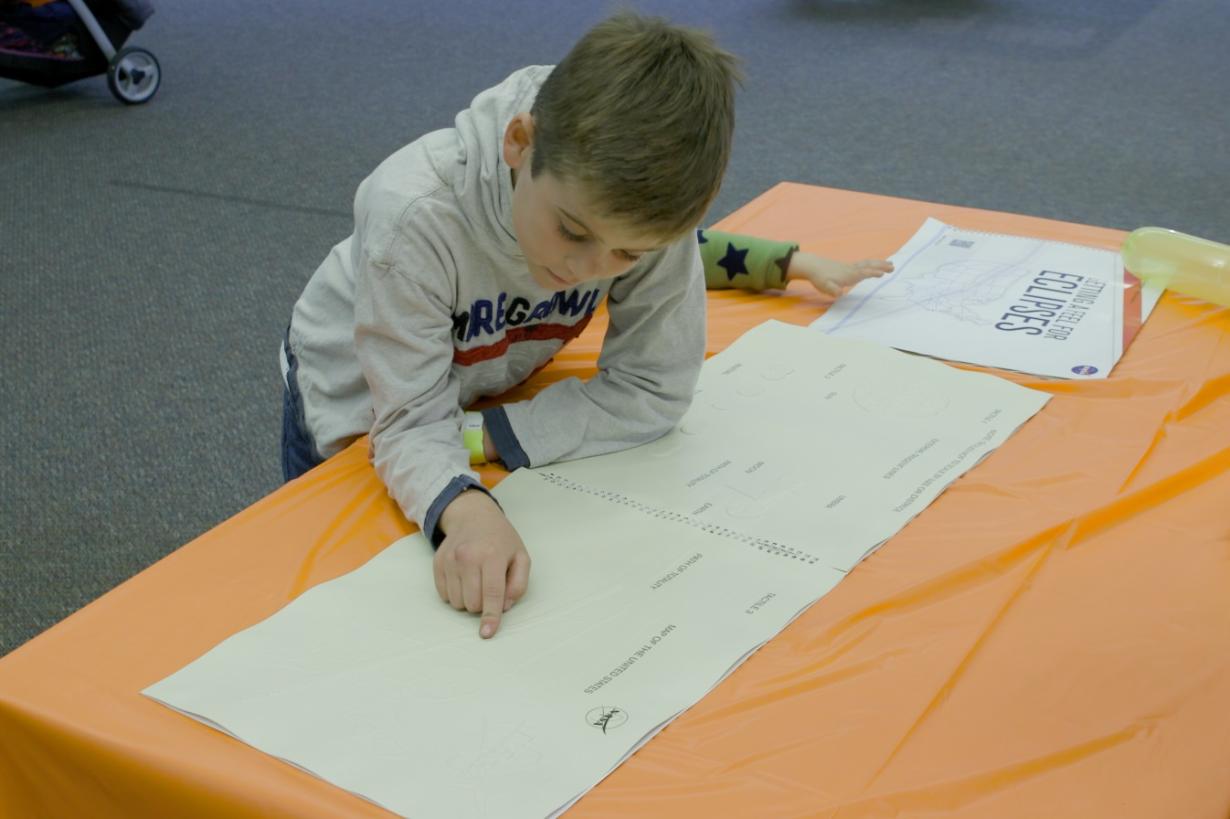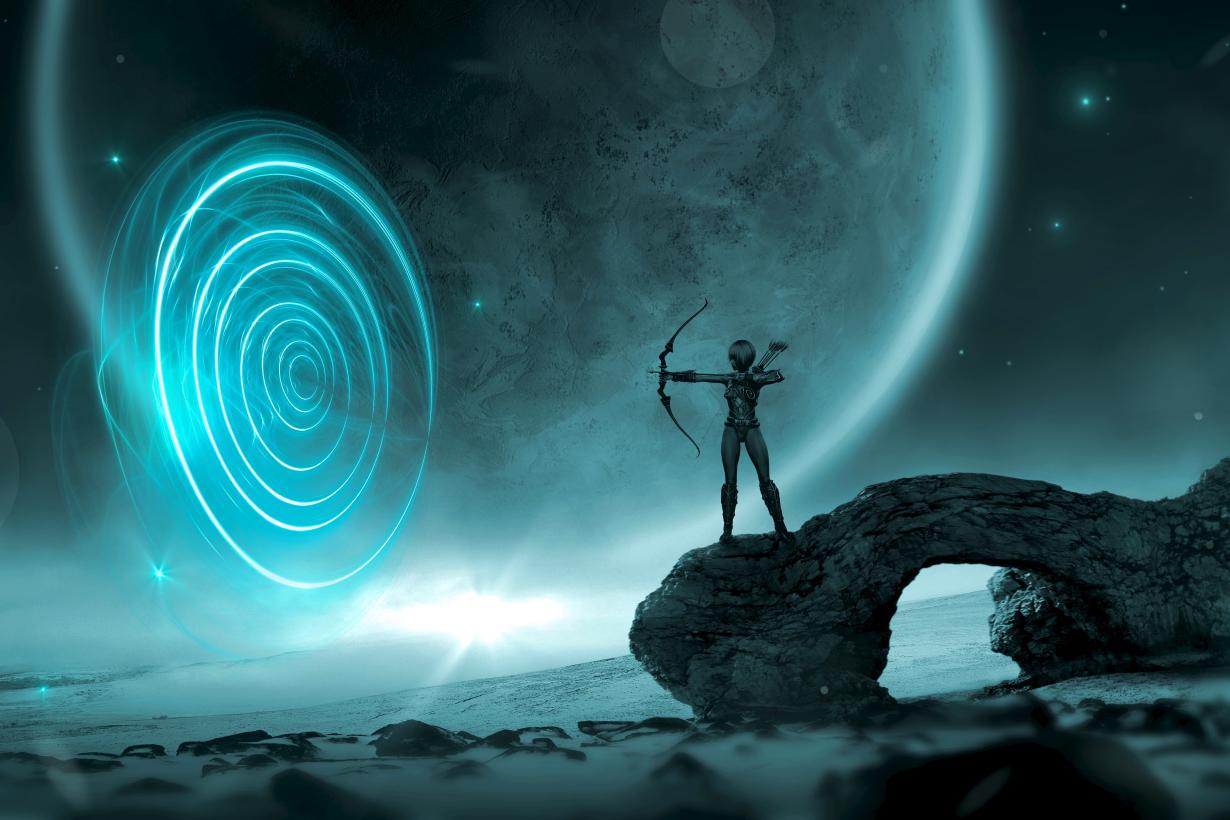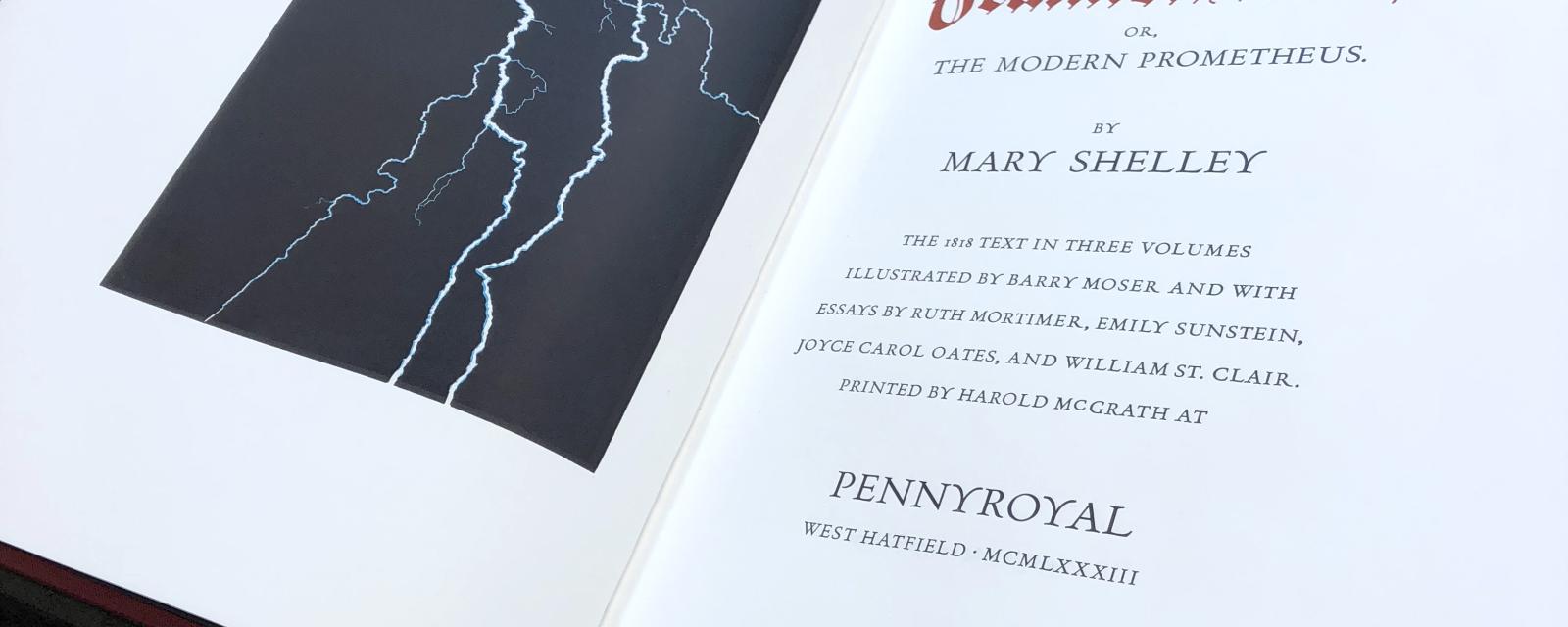
Books, Reading, and Storytelling
Annual Events
-
Dr. Seuss Day (March 2)
- Seussville reading resources
- Oobleck - Exploring Materials - Oobleck
- Horton Senses Something Small
- Horton Hears a Who! Storytime
- National Children’s Book Week (early May)
- Read a Book Month (September)
-
Summer Reading Programs
The Collaborative Summer Library Program (CSLP) (https://www.cslpreads.org) is a consortium of states working together to provide high-quality summer reading program materials for children, teens, and adults at the lowest cost possible for their public libraries. CSLP actively shares innovative and age appropriate ideas, resources, and programs for four age groups, from babies to adults. State libraries and systems join CSLP to empower libraries to foster community. CSLP reaches 16,000 libraries through these state libraries and systems.- Summer Reading Themes: https://www.cslpreads.org
- Summer reading strategies: https://libguides.ala.org/summer-reading/resources
Storytime Read-Aloud Books and Storytelling Activities
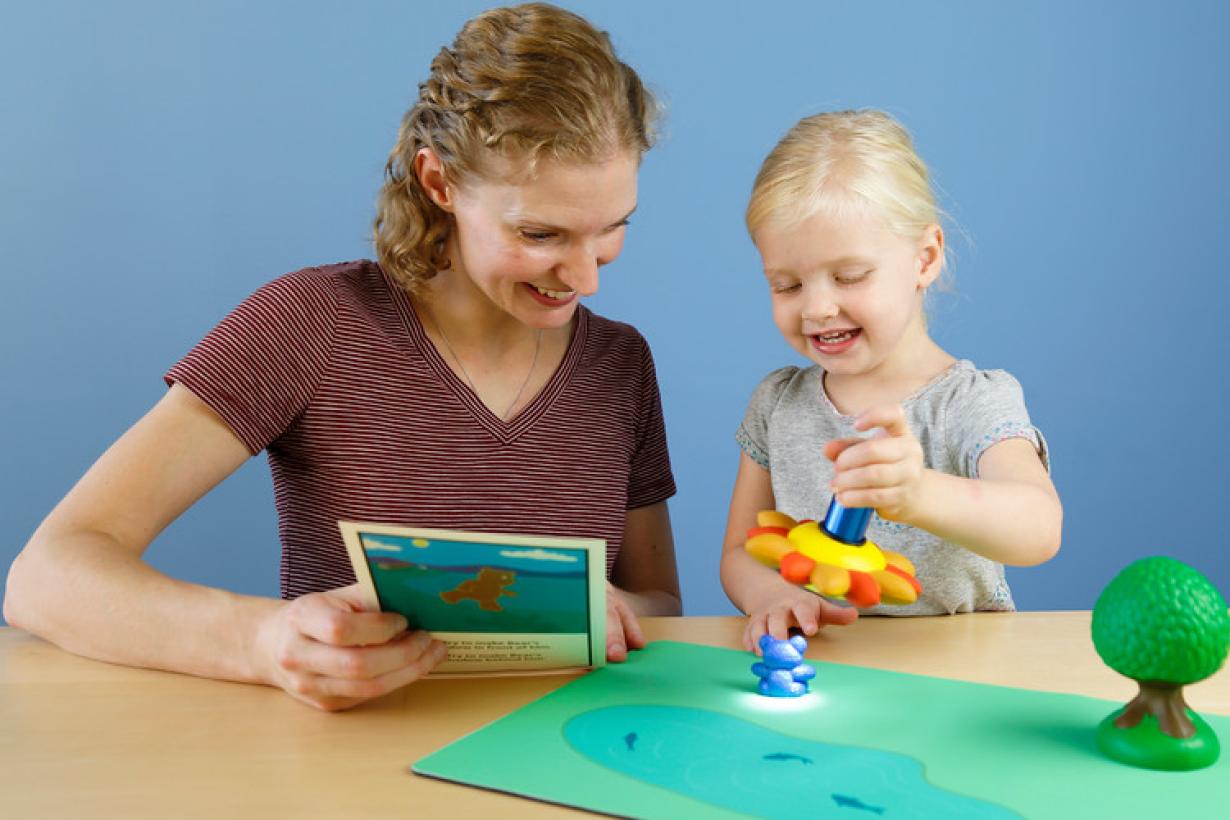
Exploring Earth: Bear’s Shadow
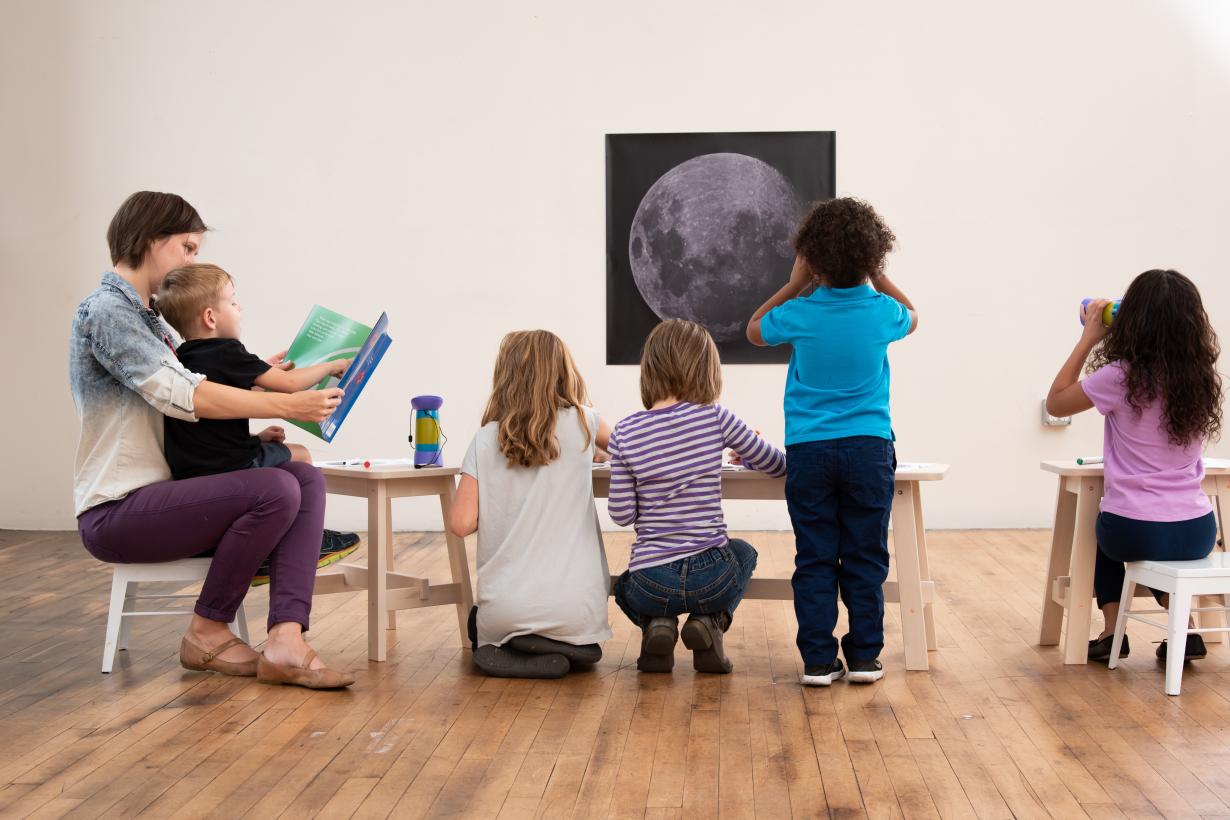
Exploring the Solar System: Hide and Seek Moon
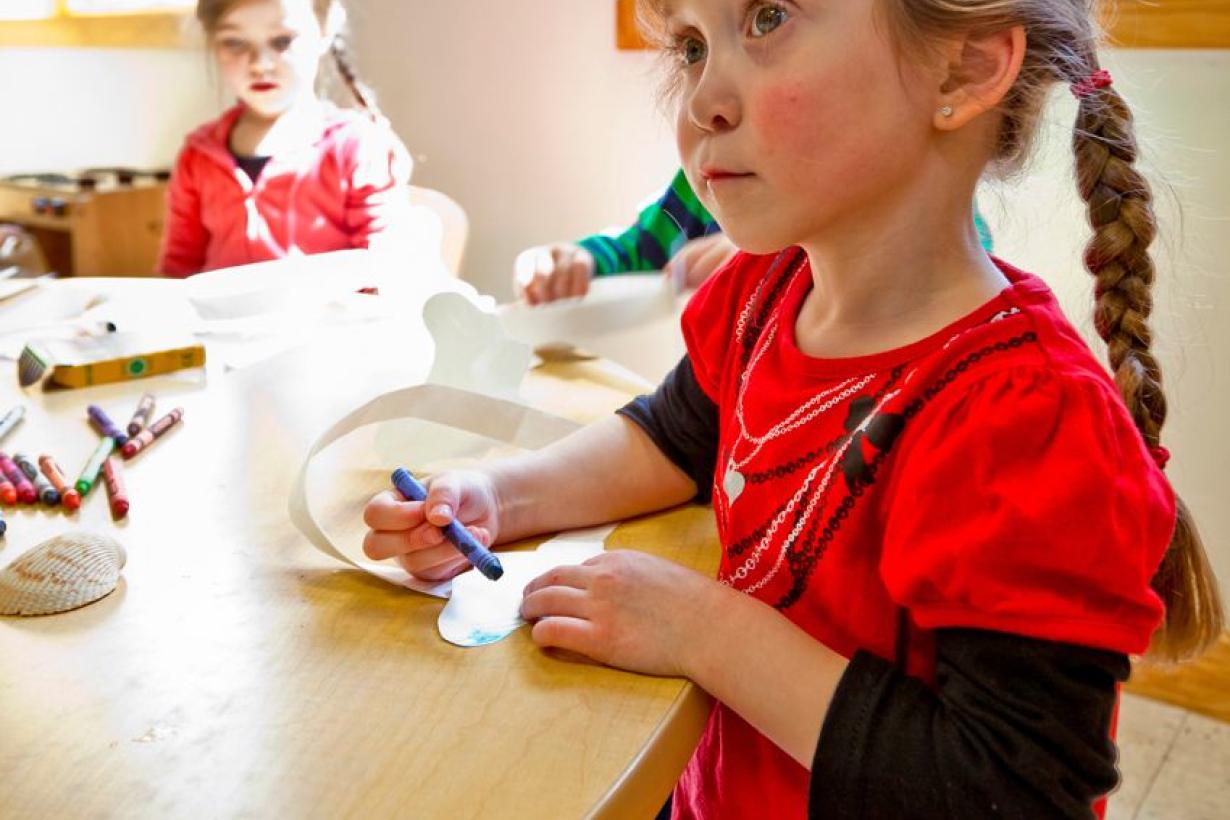
Horton Hears a Who! Storytime
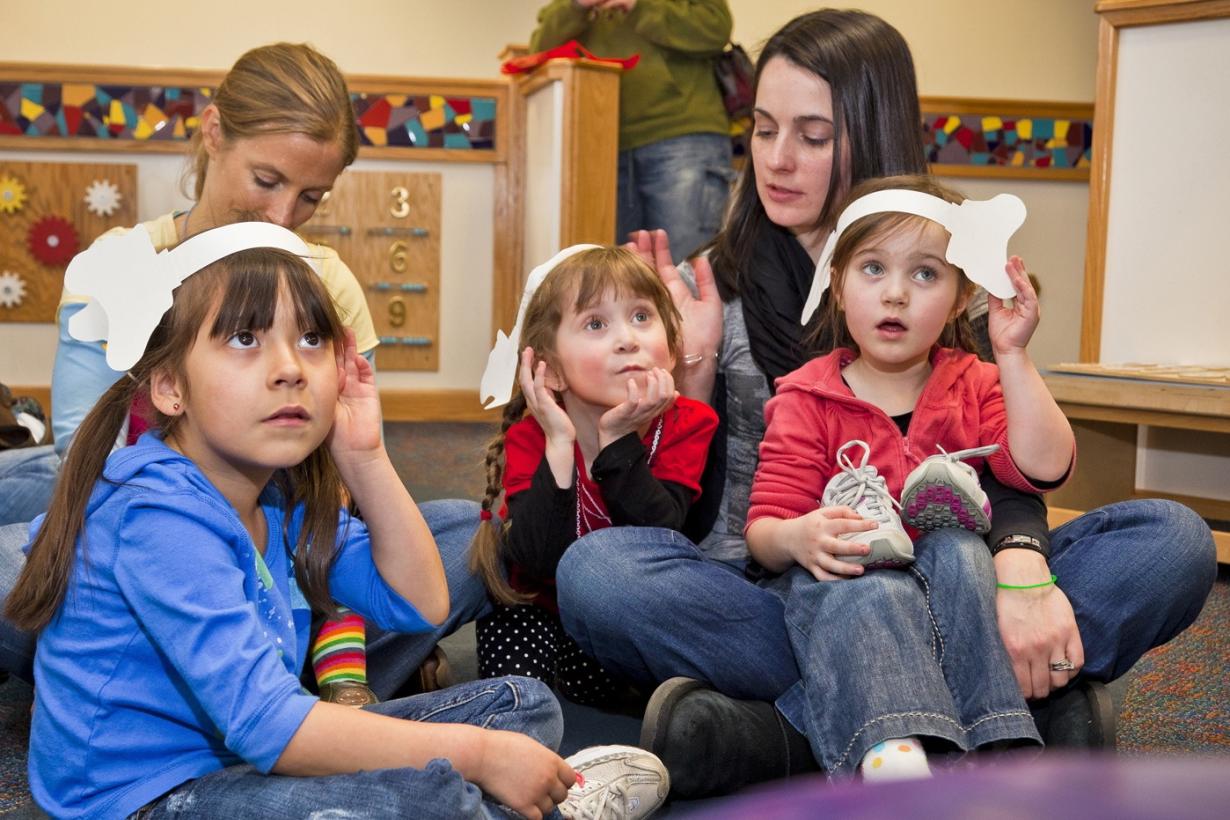
Horton Senses Something Small
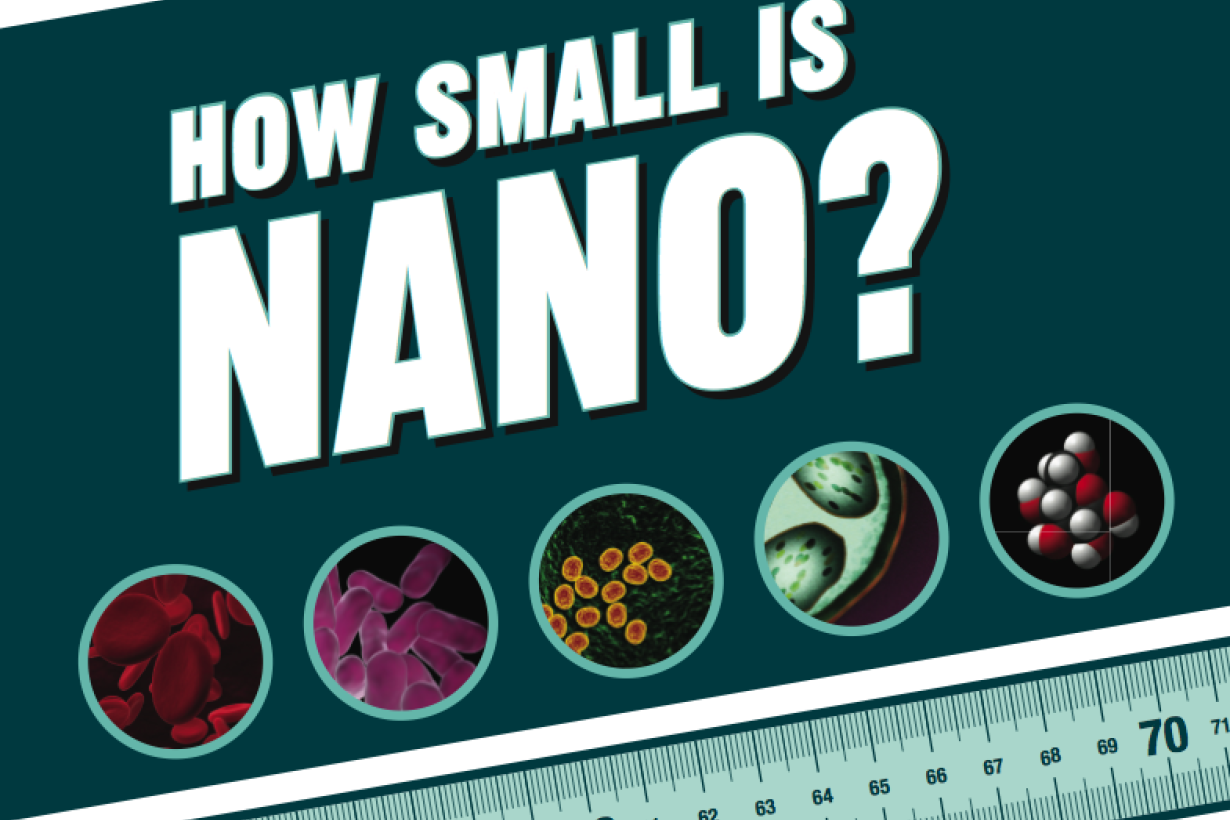
How Small Is Nano? Book and Poster
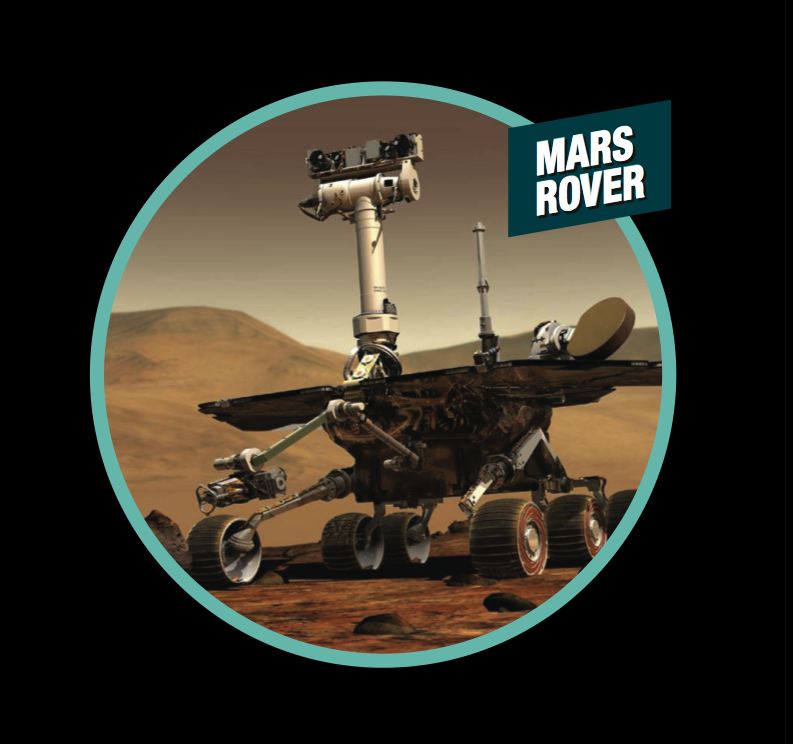
Is That Robot Real? children's book and poster
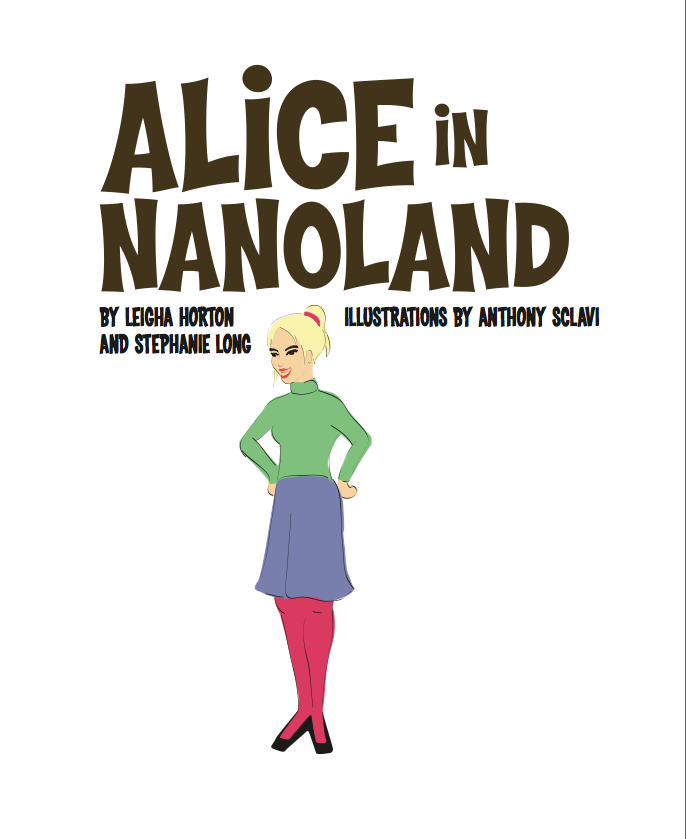
Alice In NanoLand
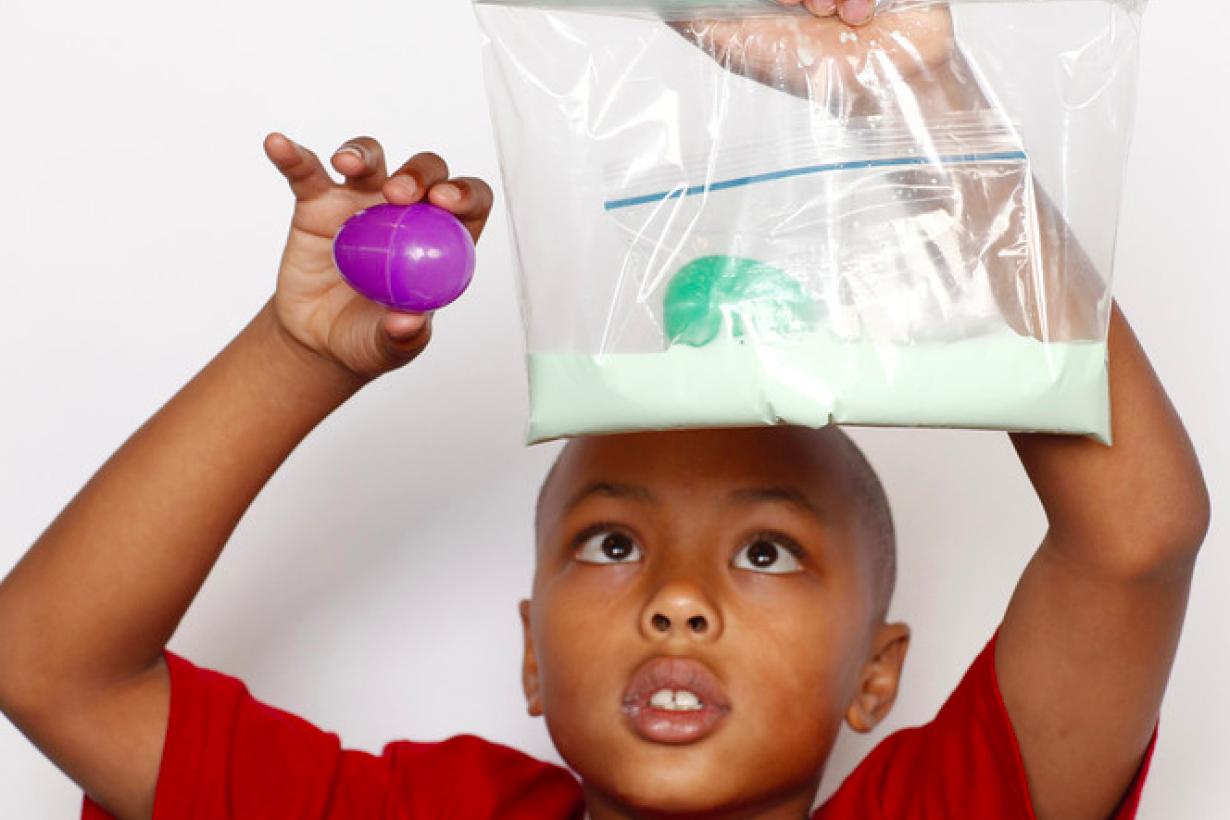
Exploring Materials - Oobleck

Frankenstein 200 Kit
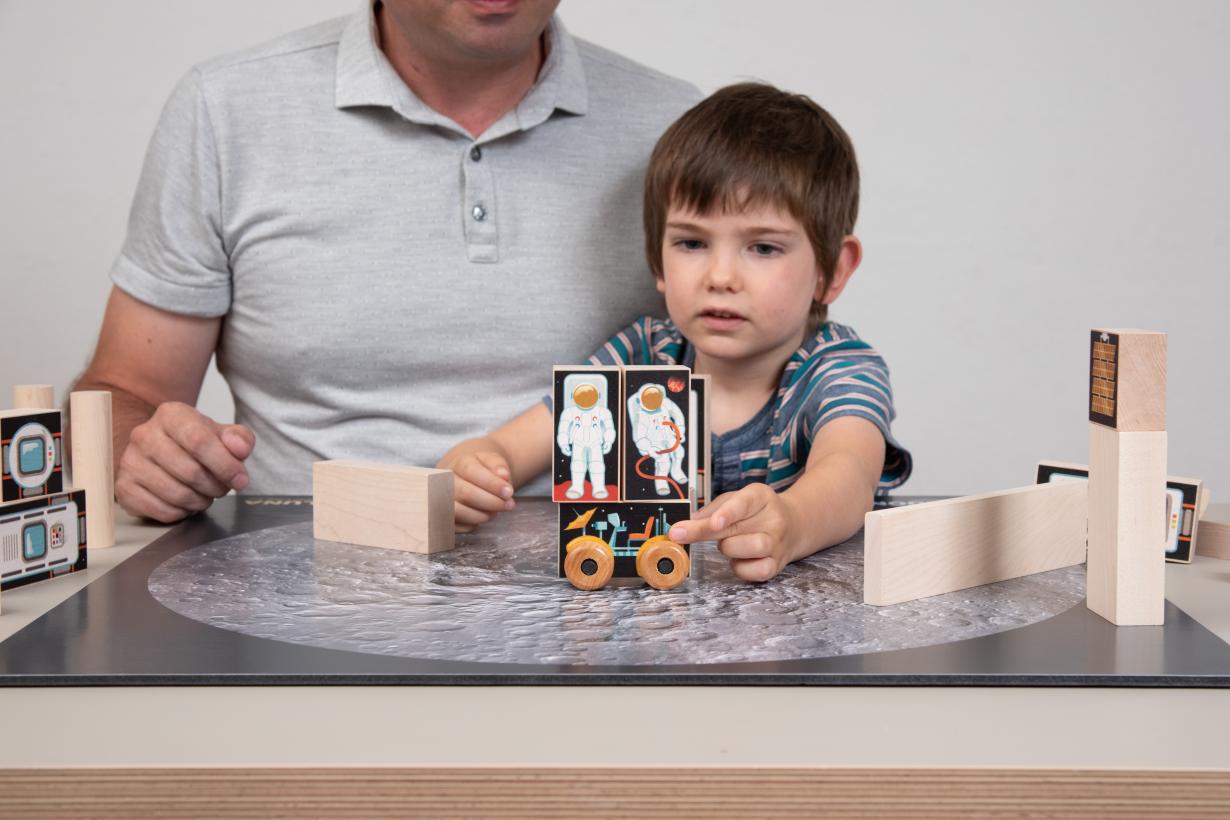
Exploring the Solar System: Story Blocks
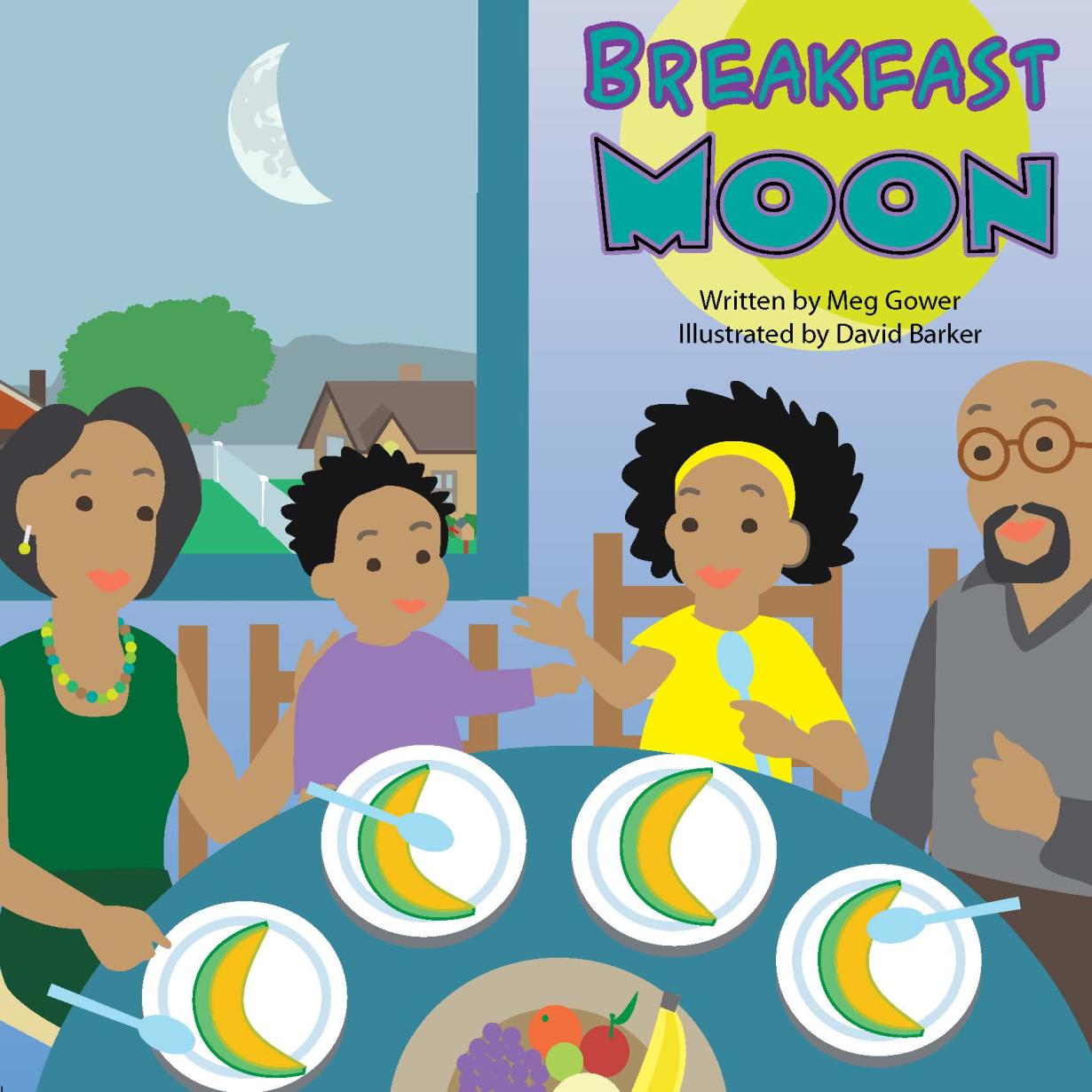
Breakfast Moon picture book
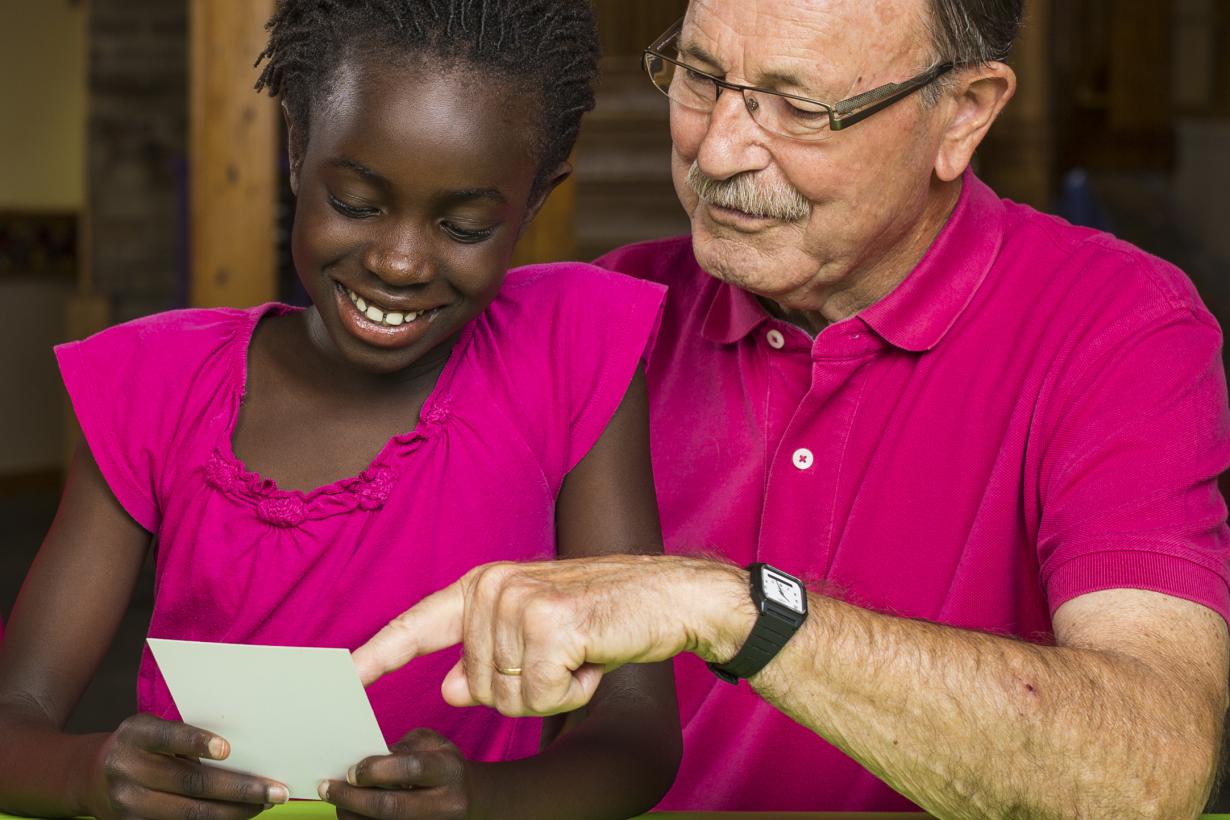
Exploring Nano & Society - Tell a Nano Story
Nanoscale Science Activity Compendiums for Educators
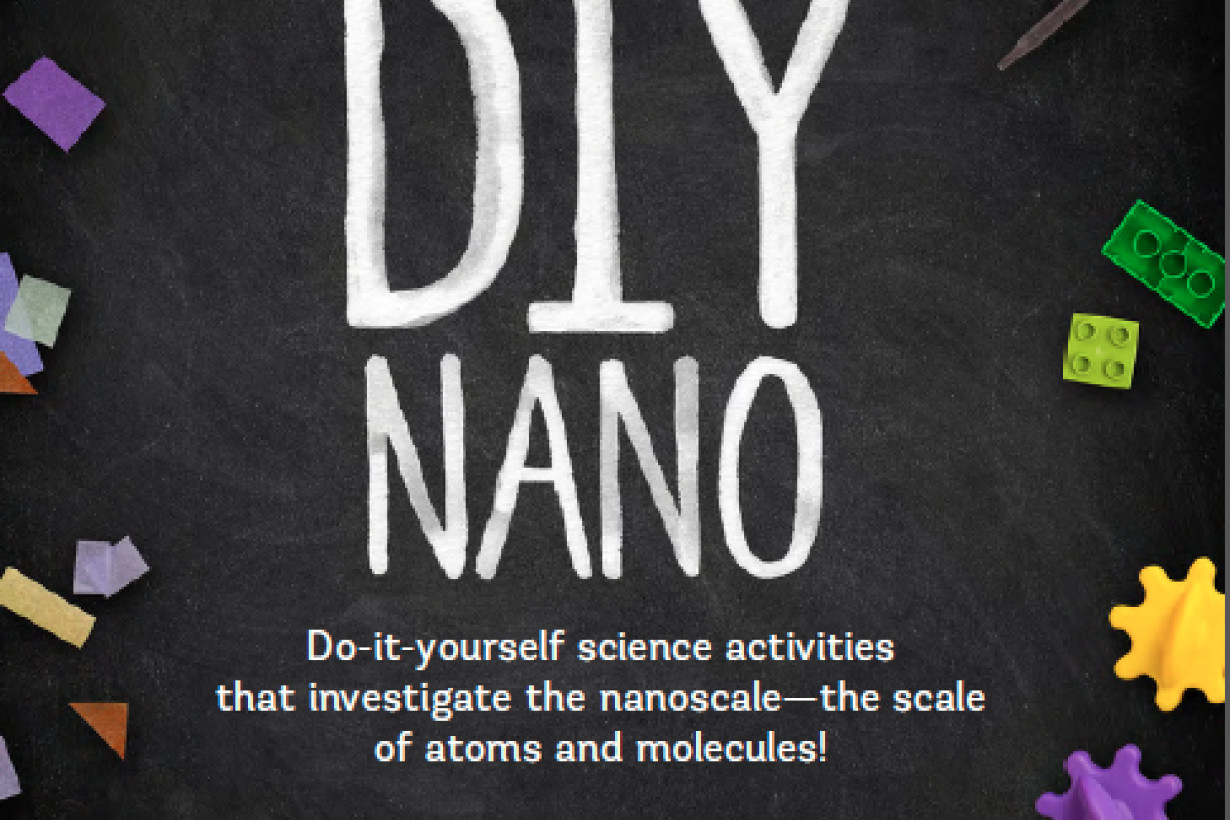
DIY Nano Book
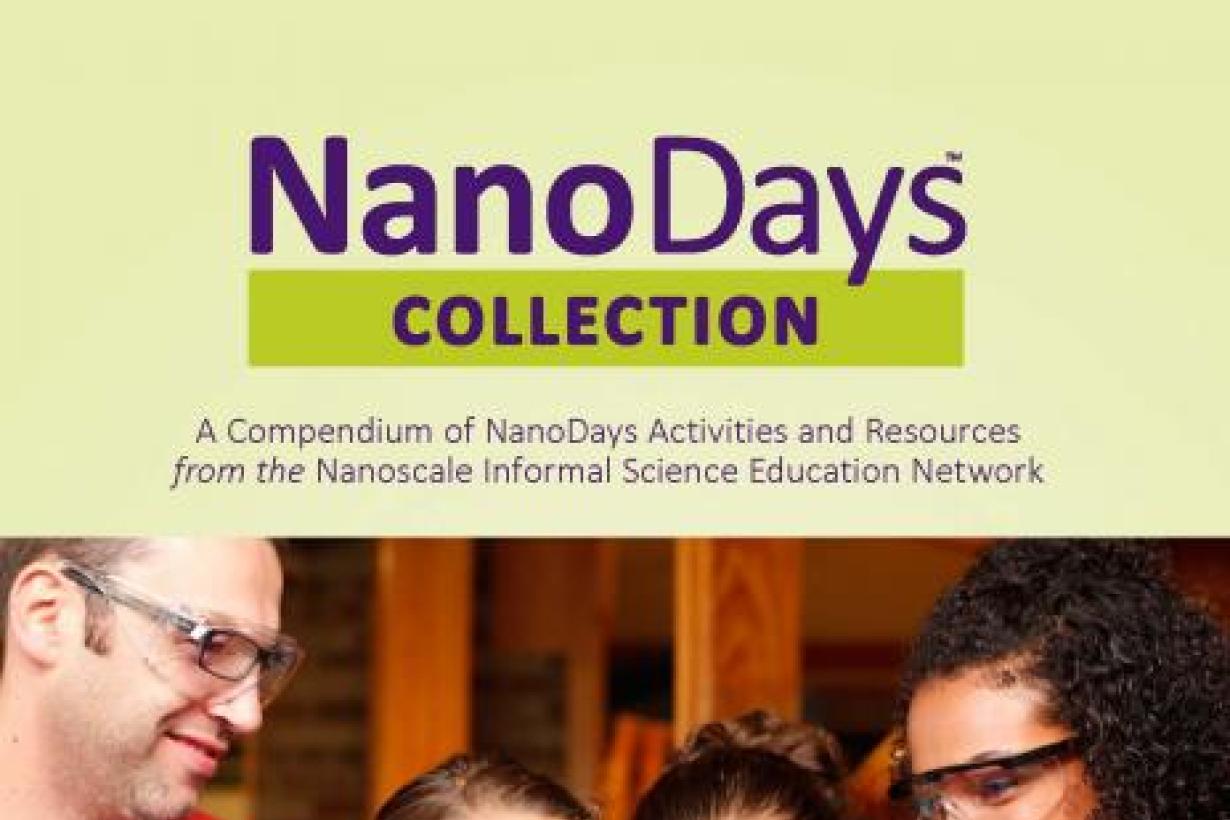
NanoDays Collection Book
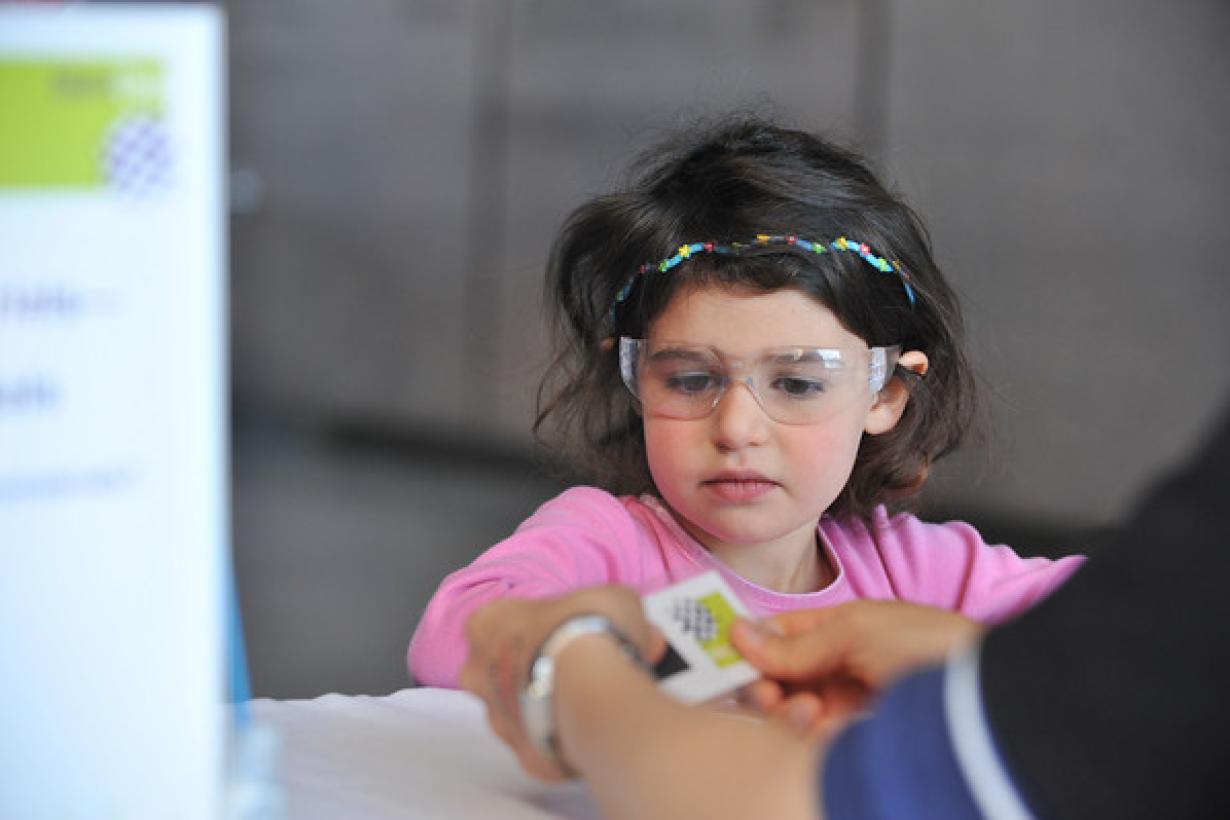
Selected Books About Nano
Lists of STEM Story Books
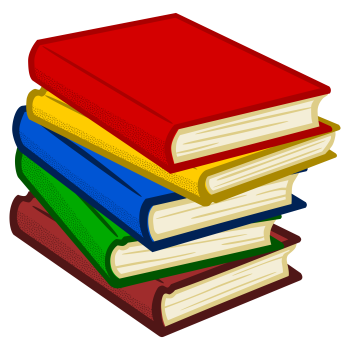
- A Mighty Girl STEM books
- National Girls Collaborative Project
- Picture Books to Break Stereotypes in STEM (and Beyond!)
https://ngcproject.org/resources/picture-books-break-stereotypes-stem-and-beyond
- Picture Books to Break Stereotypes in STEM (and Beyond!)
- Library of Congress science and technology collections for young readers
- Women in STEM https://guides.loc.gov/women-in-science/youngreaders
- Climate Mental Health books
- NASA Museum & Informal Education Alliance (free log-in required)
list of free NASA eBooks, comics, graphic novels, and more - More NASA books
- You are Going book
https://www.nasa.gov/specials/you-are-going/ - You are Going coloring book
https://www.nasa.gov/specials/you-are-going/#edu - First Woman graphic novel
https://www.nasa.gov/specials/calliefirst/
- You are Going book
Night Sky Storytelling
- The Astronomy of Many Cultures: A Resource Guide compiled by Andrew Fraknoi
- NASA's Universe of Learning Native American Sky resources:
https://universe-of-learning.org/contents/events/science-briefings/science-briefing-the-native-american-sky - Audio stories about the Moon from Lunar Planetary Institute (LPI)
https://www.lpi.usra.edu/education/explore/marvelMoon/tales/ - Moon myths from around the world - Night Sky Network and Astronomical Society of the Pacific (ASP)
https://nightsky.jpl.nasa.gov/download-view.cfm?Doc_ID=642
Downloadable handout: https://nightsky.jpl.nasa.gov/docs/MoonStoriesASP2019.pdf
Create your own Moon story handout: https://nightsky.jpl.nasa.gov/docs/CreateMoonStory.pdf - Cosmic Serpent - Bridging Native Ways of Knowing and Western Science in Museum Settings
https://www.informalscience.org/sites/default/files/CS-LegacyDoc27Nov2012.pdf - Native Sky Watchers - Two Eyed Seeing – NASA & Indigenous Astronomy – For the Benefit of All
https://www.nativeskywatchers.com/two-eyed-seeing-nasa.html - Indigenous Education Institute (IEI): http://indigenouseducation.org
- Smithsonian National Museum of the American Indian Star Stories:
https://www.youtube.com/playlist?list=PLS6nSmuURFJBLIE-4ulPJMYxOV4Zpj1WZ - Learn more about Indigenous ways of knowing and making local connections in the NISE Network guide Working with STEM Experts: A Guide for Educators in Museums and Other Informal Learning Settings
Libraries
Museum and Library Collaborations
- NISE Network Museum & Community Partnerships: Collaboration Guide and additional resources
http://www.nisenet.org/collaboration-guide - NISE Network Online Workshop Recording: Museum Community Partnerships - Part 1: Libraries (2017)
- IMLS Museum & Library partners resources https://www.imls.gov/our-work/partnerships
STEM Resources for Libraries
- STARnet Libraries https://www.starnetlibraries.org
- STARnet Libraries STEM Activity Clearinghouse http://clearinghouse.starnetlibraries.org
- LEAP into Science: https://www.fi.edu/leap
- Cornerstones of Science: https://cornerstonesofscience.org
Activity Lending Libraries
More Hands-on Activities
- Howtosmile.org book activities https://www.howtosmile.org/resource-search/books
- Howtosmile.org literature activities https://www.howtosmile.org/resource-search/literature
Writing and Nature Journals
Nature Journals and Outdoor Observations
-
Free video series from John Muir Laws and Children's Creativity Museum
https://creativity.org/nature-journal-connection/ -
John Muir Laws How to Teach Nature Journaling
https://johnmuirlaws.com/product/how-to-teach-nature-journaling/ -
International Nature Journaling Week (first week in June)
https://www.naturejournalingweek.com -
USA National Phenology Network (USA-NPN)
Nature's Notebook tracking seasonal changes in plants and animals
https://usanpn.org/natures_notebook
Science Notebooks and Journaling
- NSTA Science Notebooks in Student-Centered Classrooms
https://my.nsta.org/resource/125063

